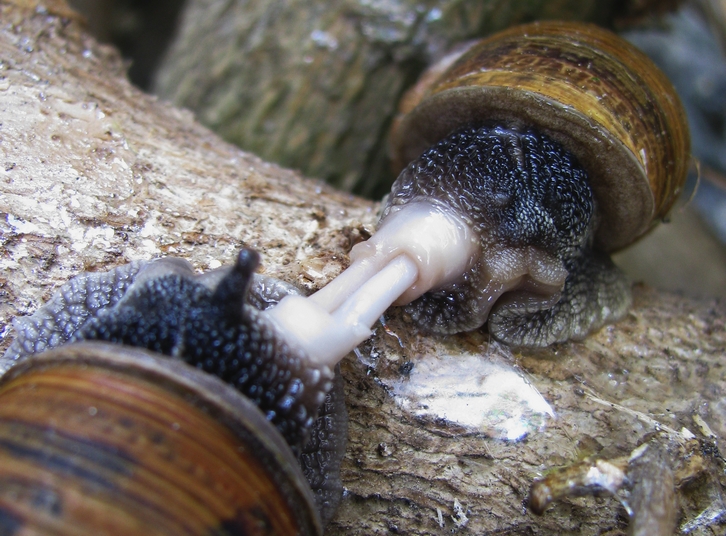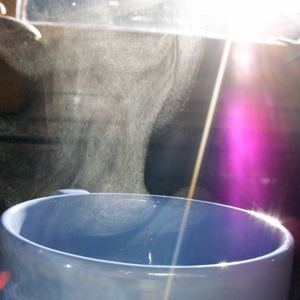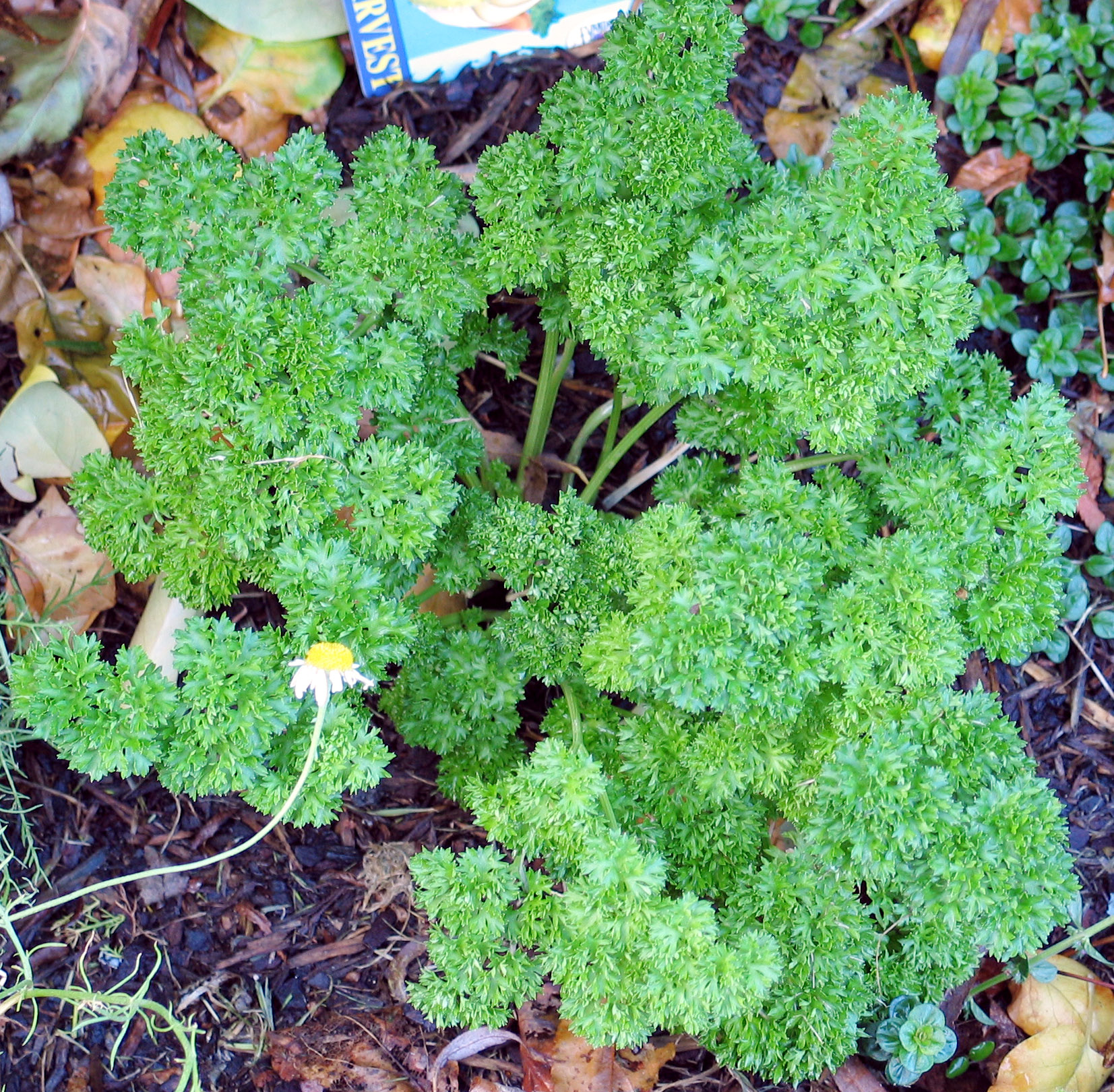|
Saxifraga
''Saxifraga'' is the largest genus in the family Saxifragaceae, containing about 473 species of holarctic perennial plants, known as saxifrages or rockfoils. The Latin word ''saxifraga'' means literally "stone-breaker", from Latin ' ("rock" or "stone") + ' ("to break"). It is usually thought to indicate a medicinal use for treatment of urinary calculi (known as kidney or bladder stones), rather than breaking rocks apart. Description Most saxifrages are small perennial, biennial (e.g. '' S. adscendens'') or annual (e.g. '' S. tridactylites'') herbaceous plants whose basal or cauline leaves grow close to the ground, often in a rosette. The leaves typically have a more or less incised margin; they may be succulent, needle-like and/or hairy, reducing evaporation. The inflorescence or single flower clusters rise above the main plant body on naked stalks. The small actinomorphic hermaphrodite flowers have five petals and sepals and are usually white, but red to yellow in some spe ... [...More Info...] [...Related Items...] OR: [Wikipedia] [Google] [Baidu] |
Saxifragaceae
Saxifragaceae is a family of Herbaceous plant, herbaceous Perennial plant, perennial flowering plants, within the core eudicot Order (biology), order Saxifragales. The Taxonomy (biology), taxonomy of the family has been greatly revised and the scope much reduced in the era of Molecular phylogenetics, molecular phylogenetic analysis. The family is divided into ten clades, with about 640 known species in about 35 accepted genera. About half of these consist of a single species, but about 400 of the species are in the type genus ''Saxifraga''. The family is predominantly distributed in the northern hemisphere, but also in the Andes in South America. Description Species are Herbaceous plant, herbaceous Perennial plant, perennials (rarely Annual plant, annual or biennial plant, biennial), sometimes Succulent plant, succulent or Xerophyte, xerophytic, often with perennating rhizomes. The Leaf, leaves are usually basally aggregated in alternate rosettes, sometimes on inflorescence ... [...More Info...] [...Related Items...] OR: [Wikipedia] [Google] [Baidu] |
Saxifraga Cochlearis
''Saxifraga cochlearis'', called the spoon-leaved saxifrage, is a species of flowering plant in the genus '' Saxifraga'', native to the Alpes Maritimes of France and the adjoining Italian region of Liguria. Its 'Minor' subtaxon has gained the Royal Horticultural Society's Award of Garden Merit The Award of Garden Merit (AGM) is a long-established award for plants by the British Royal Horticultural Society (RHS). It is based on assessment of the plants' performance under UK growing conditions. It includes the full range of cultivated p .... References cochlearis Flora of France Flora of Italy Plants described in 1832 {{Saxifragaceae-stub ... [...More Info...] [...Related Items...] OR: [Wikipedia] [Google] [Baidu] |
Saxifraga Granulata
''Saxifraga granulata'', commonly called meadow saxifrage, is a species of flowering plant in the family Saxifragaceae. It is native to Europe and Morocco. Taxonomy ''Saxifraga granulata'' was first formally described by Linnaeus as part of his original description of ''Saxifraga'' in ''Species Plantarum'' in 1753. ''S. granulata'' is the type species In International_Code_of_Zoological_Nomenclature, zoological nomenclature, a type species (''species typica'') is the species name with which the name of a genus or subgenus is considered to be permanently taxonomically associated, i.e., the spe ... of the genus ''Saxifraga''. Gornall RJ (1987) An outline of a revised classification of ''Saxifraga'' L. ''Botanical Journal of the Linnean Society'' 95:273–292. References granulata Flora of Scotland Plants described in 1753 Taxa named by Carl Linnaeus {{Saxifragaceae-stub ... [...More Info...] [...Related Items...] OR: [Wikipedia] [Google] [Baidu] |
Saxifraga Tridactylites
''Saxifraga tridactylites'', the rue-leaved saxifrage or " nailwort", is a species of plant in the family Saxifragaceae. Rue-leaved saxifrage is a winter-annual herb with distinctive, trilobed, fleshy leaves and red stems. These stems, the leaves and the sepals are covered in numerous sticky glands. In Great Britain Great Britain is an island in the North Atlantic Ocean off the north-west coast of continental Europe, consisting of the countries England, Scotland, and Wales. With an area of , it is the largest of the British Isles, the List of European ..., it is associated with dry, open habitats including sand dune grassland, sandy banks and verges, solution hollows on limestone pavement and rock ledges, cliffs and screes, and old sand- and gravel-pits. It is also often found in urban environments on mortared walls, pavements, churchyards, car parks and railway tracks. It is most commonly found on base-rich substrates, often on skeletal soils or virtually bare rock.h ... [...More Info...] [...Related Items...] OR: [Wikipedia] [Google] [Baidu] |
Succulent
In botany, succulent plants, also known as succulents, are plants with parts that are thickened, fleshy, and engorged, usually to retain water in arid climates or soil conditions. The word ''succulent'' comes from the Latin word ''sucus'', meaning "juice" or "sap". Succulents may store water in various structures, such as leaves and stems. The water content of some succulent organs can get up to 90–95%, such as '' Glottiphyllum semicyllindricum'' and '' Mesembryanthemum barkleyii''. Some definitions also include roots, thus geophytes that survive unfavorable periods by dying back to underground storage organs (caudex) may be regarded as succulents. The habitats of these water-preserving plants are often in areas with high temperatures and low rainfall, such as deserts, but succulents may be found even in alpine ecosystems growing in rocky or sandy soil. Succulents are characterized by their ability to thrive on limited water sources, such as mist and dew, which makes them ... [...More Info...] [...Related Items...] OR: [Wikipedia] [Google] [Baidu] |
Hermaphrodite
A hermaphrodite () is a sexually reproducing organism that produces both male and female gametes. Animal species in which individuals are either male or female are gonochoric, which is the opposite of hermaphroditic. The individuals of many taxonomic groups of animals, primarily invertebrates, are hermaphrodites, capable of producing viable gametes of both sexes. In the great majority of tunicates, mollusks, and earthworms, hermaphroditism is a normal condition, enabling a form of sexual reproduction in which either partner can act as the female or male. Hermaphroditism is also found in some fish species, but is rare in other vertebrate groups. Most hermaphroditic species exhibit some degree of self-fertilization. The distribution of self-fertilization rates among animals is similar to that of plants, suggesting that similar pressures are operating to direct the evolution of selfing in animals and plants. A rough estimate of the number of hermaphroditic animal species ... [...More Info...] [...Related Items...] OR: [Wikipedia] [Google] [Baidu] |
Cambridge University Botanic Garden
The Cambridge University Botanic Garden is a botanical garden located in Cambridge, England, associated with the university Department of Plant Sciences, University of Cambridge, Department of Plant Sciences (formerly Botany School). It lies between Trumpington Road to the west, Bateman Street to the north and Hills Road, Cambridge, Hills Road to the east. The garden covers an area of 16 hectares (40 acres). The site is almost entirely on level ground and in addition to its scientific value, the garden is highly rated by gardening enthusiasts. It holds a plant collection of over 8,000 plant species from all over the world to facilitate teaching and research. The garden was created for the University of Cambridge in 1831 by Professor John Stevens Henslow (Charles Darwin's mentor) and was opened to the public in 1846. The United Kingdom weather records, second-highest temperature recorded in the UK, 38.7 °C (101.7 °F), was recorded on 2019 European heatwaves, 25 July ... [...More Info...] [...Related Items...] OR: [Wikipedia] [Google] [Baidu] |
Actinomorphic Flower
Floral symmetry describes whether, and how, a flower, in particular its perianth, can be divided into two or more identical or mirror-image parts. Uncommonly, flowers may have no axis of symmetry at all, typically because their parts are spirally arranged. Actinomorphic Most flowers are actinomorphic ("star shaped", "radial"), meaning they can be divided into three or more identical sectors which are related to each other by rotation about the center of the flower. Typically, each sector might contain one tepal or one petal and one sepal and so on. It may or may not be possible to divide the flower into symmetrical halves by the same number of longitudinal planes passing through the axis: oleander is an example of a flower without such mirror planes. Actinomorphic flowers are also called radially symmetrical or regular flowers. Other examples of actinomorphic flowers are the lily (''Lilium'', Liliaceae) and the buttercup ('' Ranunculus'', Ranunculaceae). Zygomorphic Zy ... [...More Info...] [...Related Items...] OR: [Wikipedia] [Google] [Baidu] |
Inflorescence
In botany, an inflorescence is a group or cluster of flowers arranged on a plant's Plant stem, stem that is composed of a main branch or a system of branches. An inflorescence is categorized on the basis of the arrangement of flowers on a main axis (Peduncle (botany), peduncle) and by the timing of its flowering (determinate and indeterminate). Morphology (biology), Morphologically, an inflorescence is the modified part of the Shoot (botany), shoot of spermatophyte, seed plants where flowers are formed on the axis of a plant. The modifications can involve the length and the nature of the internode (botany), internodes and the phyllotaxis, as well as variations in the proportions, compressions, swellings, adnations, connations and reduction of main and secondary axes. One can also define an inflorescence as the reproductive portion of a plant that bears a cluster of flowers in a specific pattern. General characteristics Inflorescences are described by many different charact ... [...More Info...] [...Related Items...] OR: [Wikipedia] [Google] [Baidu] |
Evaporation
Evaporation is a type of vaporization that occurs on the Interface (chemistry), surface of a liquid as it changes into the gas phase. A high concentration of the evaporating substance in the surrounding gas significantly slows down evaporation, such as when humidity affects rate of evaporation of water. When the molecules of the liquid collide, they transfer energy to each other based on how they collide. When a molecule near the surface absorbs enough energy to overcome the vapor pressure, it will escape and enter the surrounding air as a gas. When evaporation occurs, the energy removed from the vaporized liquid will reduce the temperature of the liquid, resulting in evaporative cooling. On average, only a fraction of the molecules in a liquid have enough heat energy to escape from the liquid. The evaporation will continue until an equilibrium is reached when the evaporation of the liquid is equal to its condensation. In an enclosed environment, a liquid will evaporate unt ... [...More Info...] [...Related Items...] OR: [Wikipedia] [Google] [Baidu] |
Biennial Plant
A biennial plant is a flowering plant that, generally in a temperate climate, takes two years to complete its biological life cycle. Background In its first year, the biennial plant undergoes primary growth, during which its vegetative structures (leaves, stems, and roots) develop. Usually, the stem of the plant remains short and the leaves are low to the ground, forming a rosette. After one year's growing season, the plant enters a period of dormancy for the colder months. Many biennials require a cold treatment, or vernalization before they will flower. During the next spring or summer, the stem of the biennial plant elongates greatly, or "bolts". The plant then flowers, producing fruits and seeds before it finally dies. There are far fewer biennials than either perennial plants or annual plants. Biennials do not always follow a strict two-year life cycle: most plants in the wild can take three or more years to mature. Rosette leaf size has been found to predict when a pla ... [...More Info...] [...Related Items...] OR: [Wikipedia] [Google] [Baidu] |






